Why Vanilla Beans Cost More Than Your Monthly Coffee Habit
Pull up a chair, grab your favorite vanilla-scented candle, and let’s talk about the most overpriced bean since avocado toast hit brunch menus. You’ve probably stood in front of the spice aisle wondering why that tiny vial of vanilla beans costs more than your gym membership. Spoiler alert: it's not just because it smells like heaven on earth.
The Great Bean Heist: Why Vanilla Costs an Arm and a Leg
Let’s cut through the fluff — or should I say, the sweet, fragrant fluff? Vanilla isn’t just some flavoring you casually sprinkle into your latte. It’s the result of a labor-intensive, time-consuming, and often unpredictable process that makes gold mining look easy by comparison. Here’s what goes into each precious pod:
- Hand-pollination only: Vanilla orchids don't believe in modern dating apps. They need a human to pollinate them — every single flower.
- A long, slow fermentation: After months of growing, they go through a weeks-long curing process that involves sweating, drying, and massaging (yes, really).
- Burdened by climate: Most vanilla comes from Madagascar, which is vulnerable to cyclones, political instability, and fluctuating weather patterns.
- Demand outpaces supply: From ice cream to perfumes, everyone wants a piece of the vanilla pie — but there's only so much pie to go around.
Cheap Imitation vs. Real Vanilla: Know the Difference
If you're looking for a quick flavor fix without breaking the bank, you might be tempted by the “pure vanilla extract” on sale for $5 a bottle. But here’s the truth sandwich: Not all vanilla products are created equal.
| Product Type | Main Ingredient | Price Range | Flavor Intensity |
|---|---|---|---|
| Real Vanilla Beans | Natural vanillin from orchid pods | $10–$30 per bean | Rich, complex, floral |
| Pure Vanilla Extract | Vanillin from real beans, alcohol-based | $15–$50 per ounce | Familiar, classic vanilla taste |
| Imitation Vanilla | Synthetic vanillin (often petroleum-based) | $3–$10 per ounce | Flat, chemical, one-dimensional |
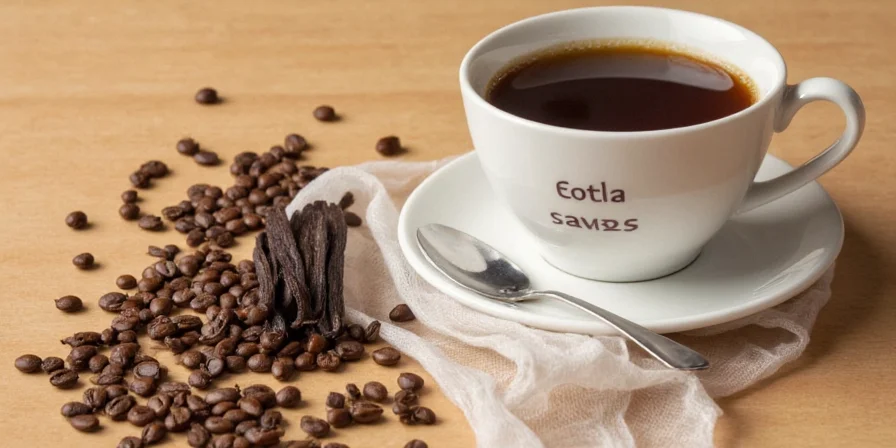
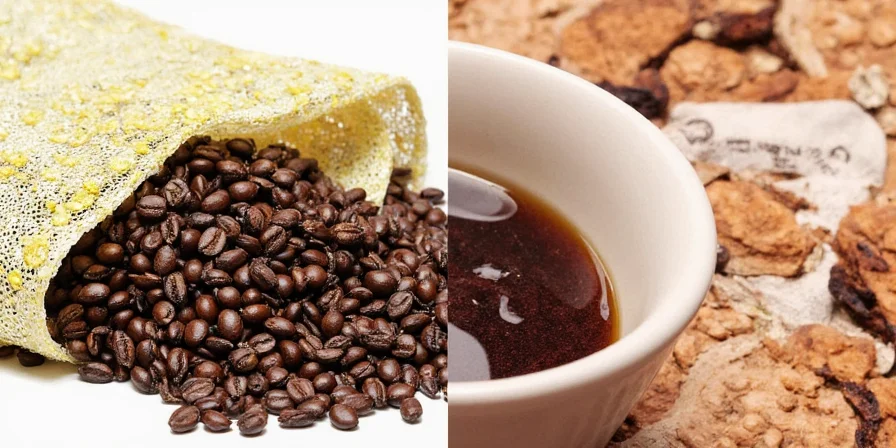

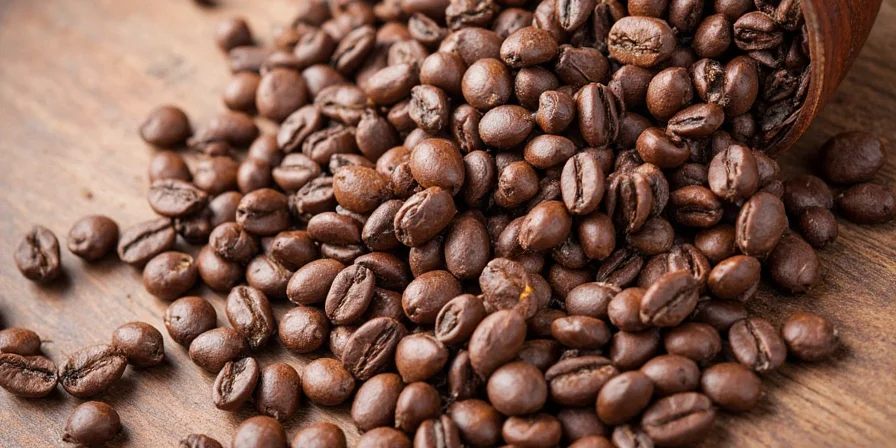
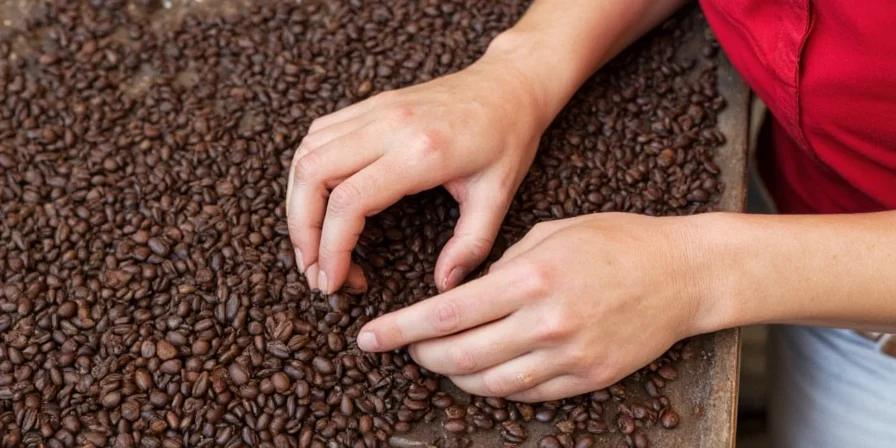
Vanilla Economics 101: Supply Chain Drama Like You've Never Seen
Here’s where things get spicy — literally and figuratively. Vanilla is grown in remote regions, mostly in Madagascar, Tahiti, Indonesia, and Mexico. These areas face logistical nightmares when it comes to exporting their goods. Imagine trying to ship a delicate crop through a region with poor infrastructure and unstable governments. Sounds stressful? That’s baked into the price.
In 2018, for example, vanilla prices skyrocketed after a series of cyclones devastated crops in Madagascar. One kilo of vanilla briefly went for over $600 — more expensive than silver at the time! And while prices have stabilized somewhat, demand continues to rise as global markets embrace natural flavors and clean-label products.
Pro Tips: How to Use Vanilla Like a Savvy Spice Master (Without Going Broke)
You don’t need to mortgage your house to enjoy the wonders of real vanilla. Here are some clever hacks to stretch those pricey pods:
- Scrape and Save: Use the seeds inside the pod, then dry out the empty pod and toss it into sugar, coffee, or even rice to infuse subtle vanilla flavor without wasting anything.
- DIY Extract: Soak used vanilla pods in vodka or bourbon for a homemade extract that rivals store-bought versions.
- Buy in Bulk: Purchase whole beans in bulk from reputable spice dealers. Look for oily, pliable beans — dry ones mean low quality.
- Shop Smart Seasons: Buy during off-peak baking seasons (summer or early fall) when prices dip slightly due to lower demand.
- Know When to Substitute: For everyday baking, use pure vanilla extract instead of the whole bean. Reserve the fancy stuff for desserts where vanilla is the star (like crème brûlée or vanilla bean panna cotta).
Bottom Line: Is Vanilla Worth the Price?
Yes. And no. If you’re making a giant batch of cookies for the school bake sale, go ahead and reach for the imitation. But if you're creating something special — a birthday cake, a gourmet custard, or your signature cocktail — real vanilla beans elevate your dish in ways artificial vanillin simply can’t match.
So next time you wince at the checkout line, remember: you're not just buying a bean. You're funding a centuries-old farming tradition, supporting small-scale growers, and investing in the kind of flavor that dreams are made of.
Summary: The Spicy Truth About Vanilla Prices
In short, vanilla beans are expensive because of a perfect storm of biological quirks, labor-intensive production, environmental factors, and global demand. But now that you know why, you can make smarter choices in the kitchen and appreciate every rich, creamy bite a little more.

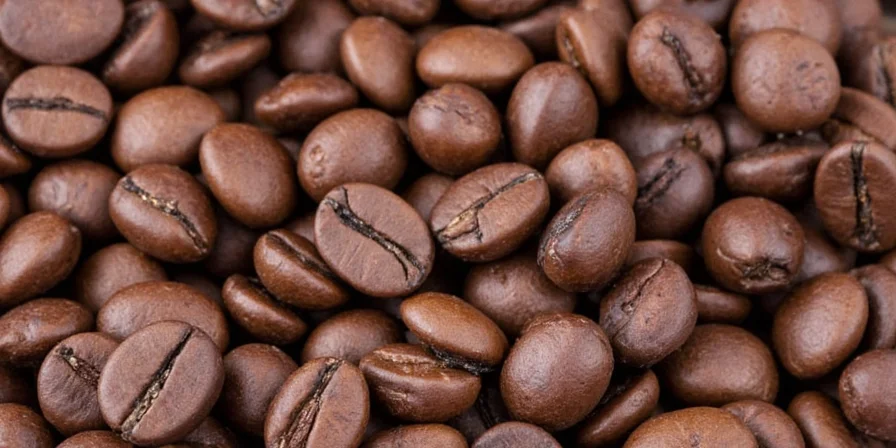









 浙公网安备
33010002000092号
浙公网安备
33010002000092号 浙B2-20120091-4
浙B2-20120091-4